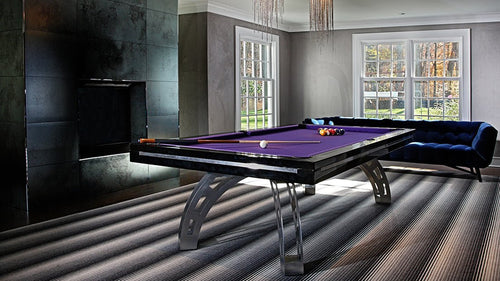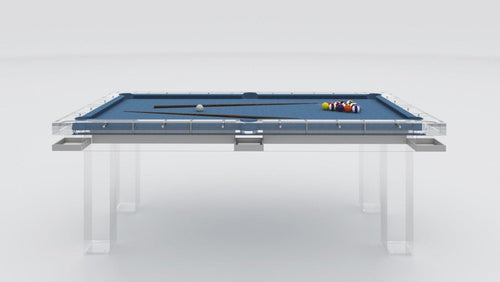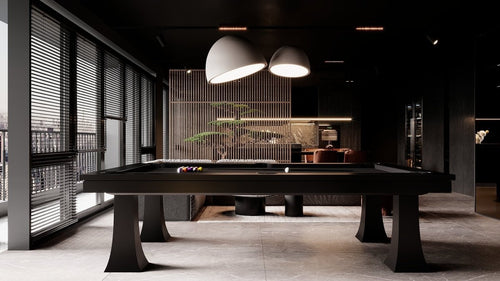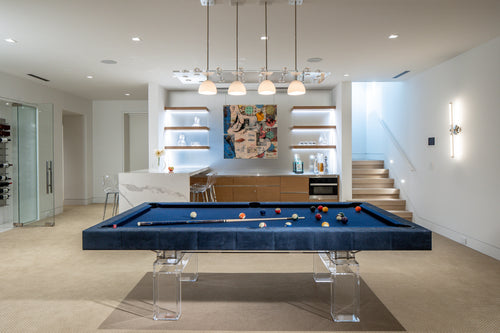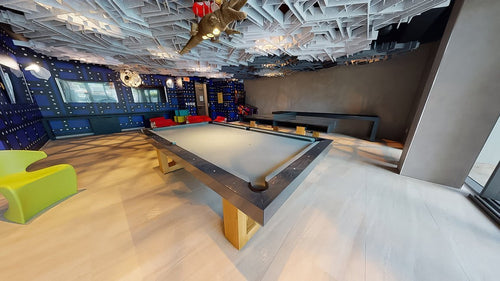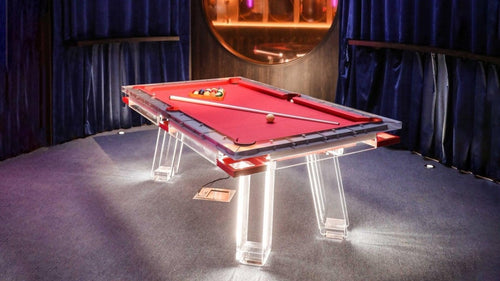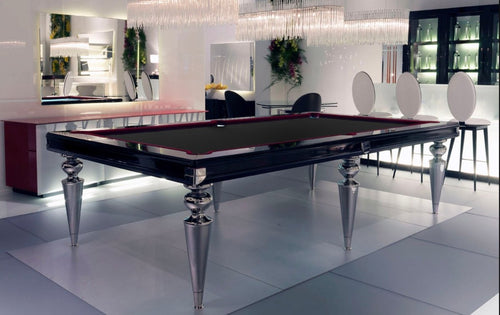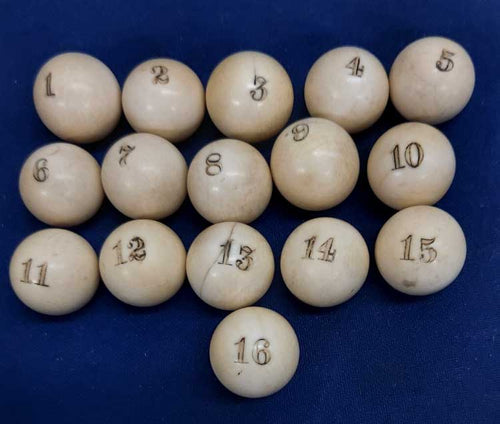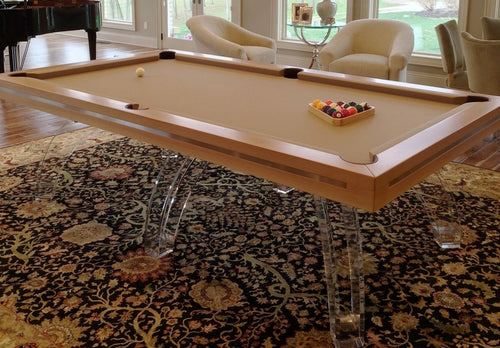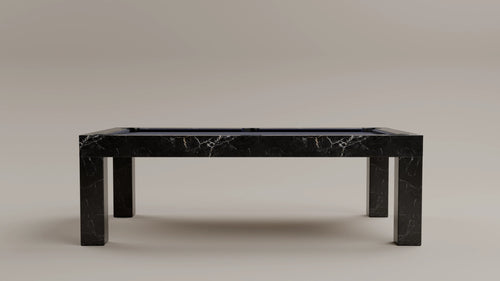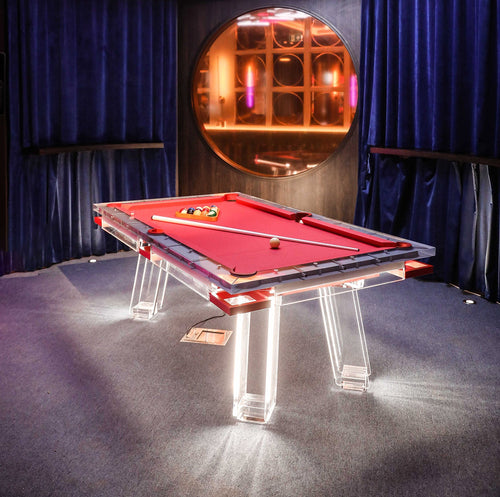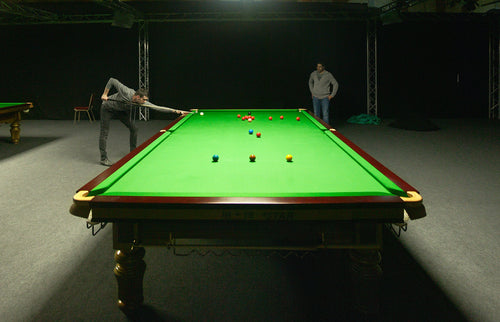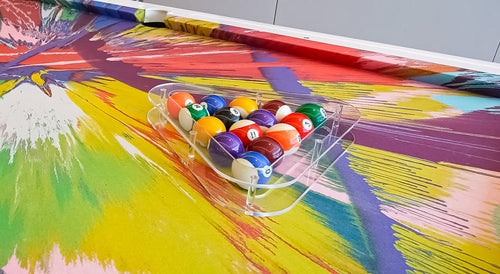Enjoy our modern designs
Cue sticks have been an essential part of billiards, pool, and snooker for centuries. Their evolution from simple wooden tools to finely crafted instruments reflects changes in technology, design, and the way people play cue sports. Let’s take a closer look at this fascinating journey.
Table of Contents
1. Early Beginnings: From Maces to Cues
In the early days of billiards, players used a large stick called a mace to nudge the ball. These maces, more akin to a club than the slender tools we recognize today, were the precursors to the cue stick. As the game evolved in 15th- and 16th-century Europe, players began to experiment with a thinner, more refined implement that allowed for greater precision. This innovation marked the birth of the cue stick concept, separating the tool from its rudimentary origins.
2. The Rise of the Modern Cue
By the 18th century, the slender cue stick started to become a staple in billiards. This shift was driven by a growing desire for better control and accuracy. As the game’s popularity soared, so did the need for a standardized instrument. The modern cue stick, with its tapered design and balanced weight, emerged in the early 1800s. This design was not only more comfortable but also allowed players to apply spin and finesse, fundamentally changing gameplay.
3. Material Innovations: From Wood to Modern Composites
Traditionally, cue sticks were crafted from quality woods like maple and ash, prized for their durability and consistent performance. Over time, however, manufacturers began experimenting with new materials to enhance performance and longevity:
- Wood: Remains popular for its natural feel and aesthetic appeal.
- Fiberglass and Composite Materials: Offer increased durability and reduced susceptibility to environmental changes.
- Carbon Fiber: Now used in high-end cues for its exceptional strength-to-weight ratio.
These material advancements have allowed for more precise manufacturing and customization, catering to both casual players and professionals.
4. The Role of Cue Tips: Precision in Every Stroke
An often-overlooked aspect of cue stick evolution is the development of the cue tip. Early cues featured simple leather tips that provided minimal grip and control. Over the years, improvements led to the introduction of phenolic resin and other high-performance materials, enhancing the cue’s responsiveness. Modern cue tips allow players to impart spin, control speed, and achieve the perfect angle, making them a critical component of the cue stick’s overall design.
5. The Modern Era: Customization and Innovation
Today, cue sticks are more than just sporting equipment—they are works of art. With advancements in manufacturing and design, players can now choose cues tailored to their individual playing styles. Modern cues often feature:
- Custom Weights and Balances: Allowing for a personalized feel.
- Advanced Joint Systems: Providing stability and reducing energy loss during shots.
- Innovative Finishes and Inlays: Marrying aesthetics with performance.
Brands continue to push the boundaries of technology and craftsmanship, ensuring that each cue stick not only meets rigorous performance standards but also reflects the personality of its owner.
Conclusion
The history of cue sticks is a testament to human ingenuity and the constant pursuit of perfection in sports equipment. From humble beginnings with the mace to the finely tuned, customizable instruments of today, cue sticks have transformed the way we play and appreciate cue sports. Their evolution mirrors the broader trends in technology and design, making them an enduring symbol of both tradition and innovation.



